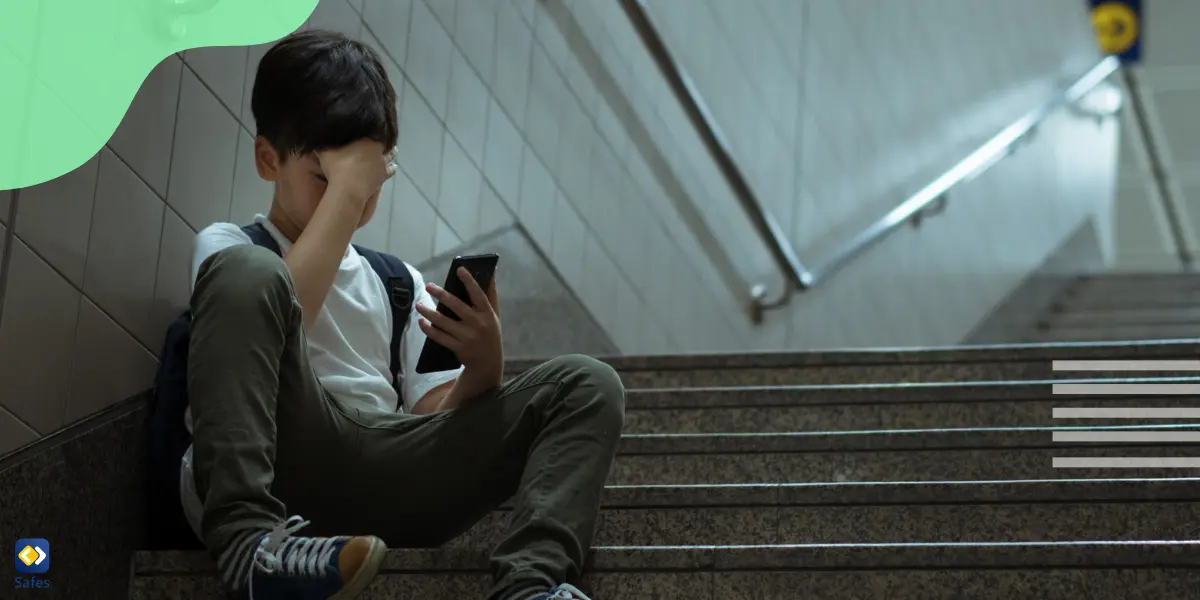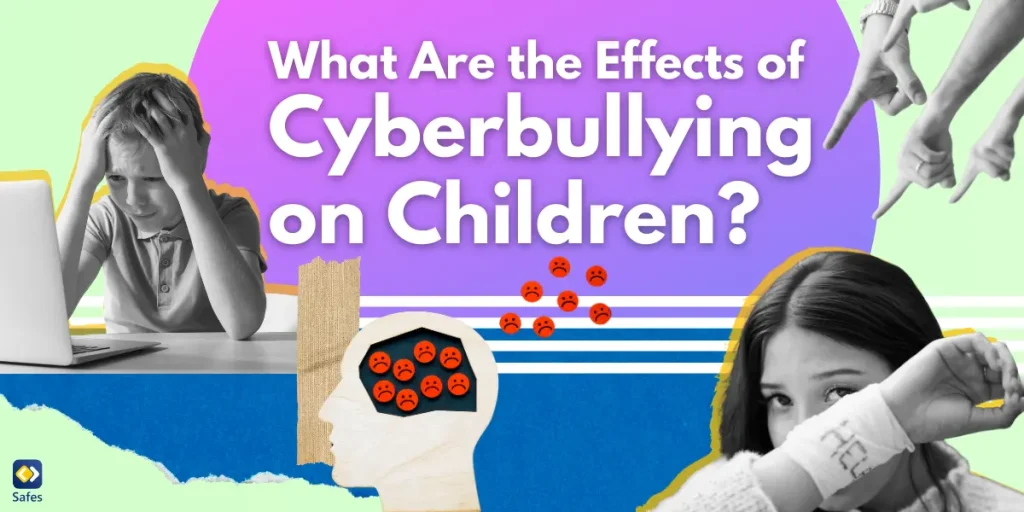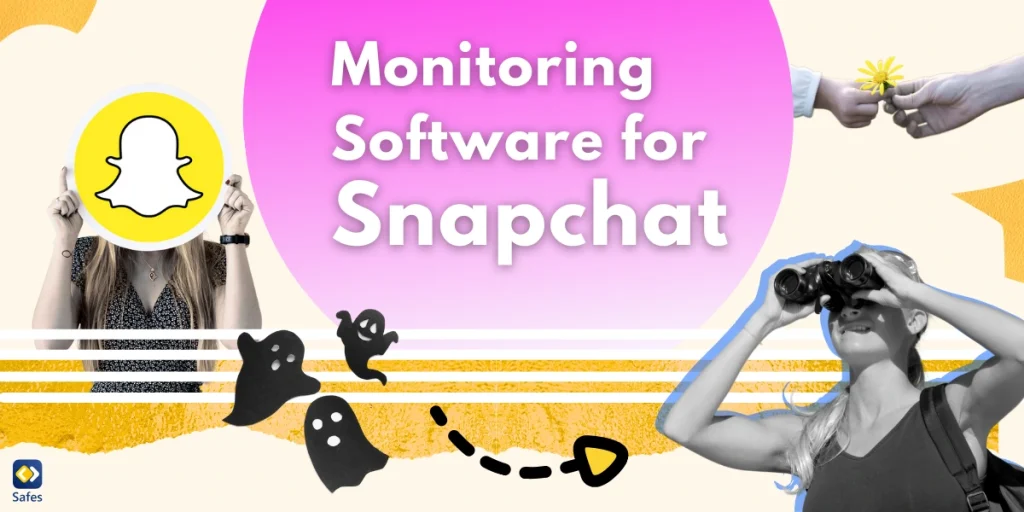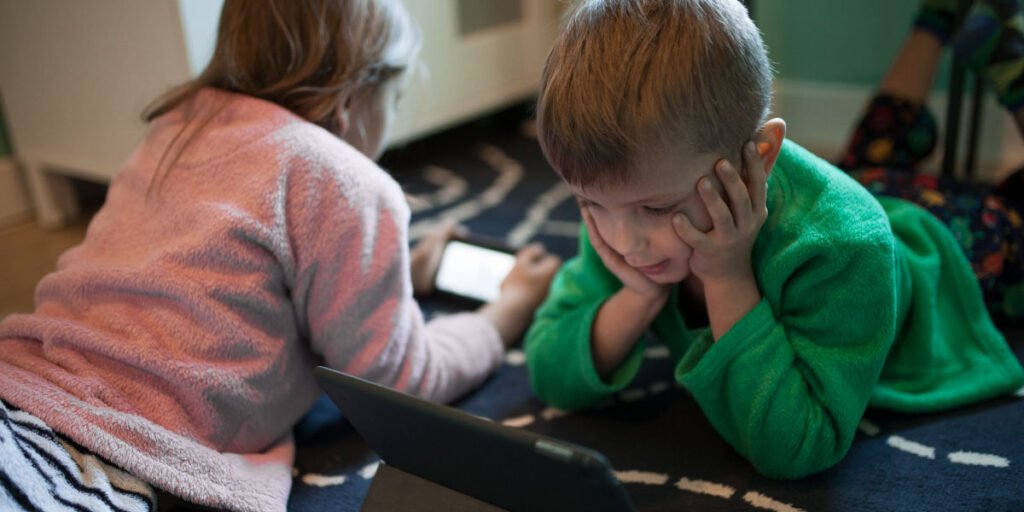In today’s digital age, the prevalence of cyberbullying has become a significant concern for parents, educators, and mental health professionals. As children increasingly engage with technology, the potential for negative interactions online grows. This blog post explores “What are the effects of cyberbullying on children?” focusing on social, health, and mental health impacts, as well as the specific challenges posed by online gaming platforms.
Download and Start Your Free Trial of the Safes Parental Control App
Understanding Cyberbullying
Cyberbullying involves the use of digital platforms to harass, threaten, or humiliate an individual. Unlike traditional bullying, it can occur 24/7 and reach a child even in the safety of their home. This relentless nature makes it particularly damaging.
Children tend to fall victim to bullying more often than adults, perhaps because children are more sensitive to bullying and don’t know how to deal with it, and child bullies tend to get away without punishment. On the other hand, adults know how to protect themselves, and adult bullies know there will be consequences for their actions. Cyberbullying follows the same pattern. According to Pew Research Center, children are cyberbullied almost two times more than adults. Sadly, due to the embarrassment they undergo, most children don’t notify an adult about being bullied. That’s why we need to investigate “What are the effects of cyberbullying on children?” to be able to help our young ones.
- Related Article: What are the Causes of Cyberbullying?
What Are Different Types of Cyberbullying?
Cyberbullying can take non-verbal, verbal, psychological, and social forms, each with multiple subcategories, as listed below:
- Non-Verbal Bullying
- Hacking Accounts
- Damaging Devices
- Verbal Bullying
- Insulting
- Teasing
- Trolling
- Psychological Bullying
- Intimidating
- Threatening
- Blackmailing
- Stalking
- Social Bullying
- Defaming
- Spreading Lies
- Encouraging others to Socially Exclude the Victim

What Are the Effects of Cyberbullying on Children?
Cyberbullying has psychological, physical, and social effects on the victims. First and foremost, children undergo tremendous sadness, fear, and embarrassment, which can develop into mood changes, depression, and low self-esteem. They also experience a lot of stress, anxiety, and anger, which can lead to aggression and drug abuse. Victims of cyberbullying tend to experience isolation and social exclusion. The inability to form relationships worsens their pre-existing symptoms, which can lead to more destructive psychological problems such as self-harm and suicidal thoughts.
Stress, anxiety, and anger have other physical symptoms in cyberbullied children. For example, they may have gastrointestinal problems such as stomach ulcers, nausea, or sleeping disorders. Sleeping disorder combined with all the abovementioned issues leads to difficulty concentrating at school and poor academic performance.
What Are the Social Effects of Cyberbullying?
Cyberbullying can severely impact a child’s social life. Victims often experience:
- Isolation: Children may withdraw from social interactions to avoid further bullying, leading to loneliness and a lack of social support.
- Trust Issues: After being bullied, children might find it difficult to trust peers, affecting their ability to form and maintain friendships.
- Academic Challenges: The stress and anxiety from bullying can lead to decreased academic performance and a lack of interest in school activities.
What Are the Effects of Cyberbullying on Students’ Health
The health effects of cyberbullying are profound and multifaceted:
- Physical Health: Stress from bullying can manifest physically, causing headaches, stomachaches, and other stress-related symptoms.
- Sleep Disturbances: Victims often experience disrupted sleep patterns, insomnia, or nightmares, further impacting their physical health.
- Eating Disorders: Some children may develop unhealthy eating habits, either overeating or undereating, as a coping mechanism.
How Does Cyberbullying Affect People’s Mental Health?
The mental health effects of cyberbullying can be long-lasting and severe:
- Anxiety and Depression: Victims are at a higher risk of developing anxiety disorders and depression, which can persist into adulthood.
- Low Self-Esteem: Constant negative feedback can erode a child’s self-confidence, leading to feelings of worthlessness.
- Suicidal Thoughts: In extreme cases, the relentless nature of cyberbullying can lead to suicidal ideation or attempts.

Where Does Cyberbullying Children Take Place?
Cyberbullying children can happen on any digital medium where social interaction takes place. It can happen on social media platforms, messaging apps, online games, forums, chatrooms, or using Emails and SMS. Below we will explain how.
Cyberbullying Children on Social Media
Cyberbullying children is most common on social media because they are platforms where many people gather together to share content and exchange messages. Cyberbullies are known to attack children by posting lies, rumours, and derogatory pictures and videos to defame their targets. They may use posts, stories, comments, or messages to encourage others to exclude them socially.
Cyberbullies also use comments and private chats to insult, tease, or blackmail the victims. Sometimes after the victims block the bullies’ accounts, they create new accounts to get back at them. Another method cyberbullies use is creating fake accounts under the victims’ names and posting demeaning content.
Cyberbullying Children on Messaging Apps
Messaging apps such as WhatsApp, Telegram, and Snapchat can also be used to target children for cyberbullying because, using them, you can send private messages to users. Also, channels and groups on these platforms are hotbeds for spreading lies, defaming and teasing people. Disappearing messages on Snapchat and Telegram are infamous for enabling cyberbullies to send derogatory messages and escaping the consequences since all messages will disappear after a short time.
Cyberbullying on Online Gaming Platforms for Children and Youth
Online gaming platforms, popular among children and youth, present unique challenges:
- Anonymity: The anonymity of online gaming can embolden bullies, making it difficult to identify and stop them.
- Competitive Environment: The competitive nature of gaming can lead to toxic behaviors, including bullying.
- Exposure to Inappropriate Content: Children may encounter harmful language or behavior, impacting their emotional well-being.
Other Mediums of Cyberbullying Children: Forums & Chatrooms, Emails, & SMS
Cyberbullying can also take place on websites with forums or chatrooms. Sometimes trollers target a topic or chatroom rather than a person to share intrusive or derogatory messages publicly. Although it is less common today, SMS and emails may also be used to cyberbully children.
Combating Cyberbullying
Addressing cyberbullying requires a comprehensive approach:
- Education: Teaching children about the responsible use of technology and encouraging empathy can reduce incidents of cyberbullying.
- Parental Involvement: Parents should monitor their children’s online activities and foster open communication about their experiences.
- School Programs: Schools can implement programs to educate students about the effects of cyberbullying and provide support for victims.
- Related Articles:

Protecting Your Child with the Safes Parental Control App
In the fight against cyberbullying, having the right tools can make a significant difference. The Safes parental control app is designed to help parents safeguard their children from the dangers of cyberbullying and other online threats. Here’s how Safes can help:
How Safes Helps Combat Cyberbullying
- Real-Time Monitoring: Safes allows parents to monitor their child’s online activity in real-time, providing insights into potential cyberbullying incidents.
- Content Filtering: The app can block harmful content and websites, reducing the risk of exposure to cyberbullying and inappropriate material.
- Screen Time Management: By managing screen time, Safes helps children balance their online and offline lives, reducing the chances of encountering bullies.
- Location Tracking: With location tracking, parents can ensure their child’s safety both online and offline, providing peace of mind.
Why Choose Safes?
Safes is more than just a monitoring tool; it’s a comprehensive solution designed to empower parents and protect children. Its user-friendly interface and robust features make it an essential tool for any parent concerned about cyberbullying.
Try Safes Free Trial
We invite you to experience the benefits of Safes firsthand with our free trial. Discover how easy it is to protect your child from cyberbullying and ensure their online safety. Visit our website to start your free trial today and take the first step towards a safer digital environment for your child.
Final Words on: “What Are the Effects of Cyberbullying on Children?”
The effects of cyberbullying on children are extensive, impacting their social lives, health, and mental well-being. As technology continues to evolve, it is crucial for parents, educators, and policymakers to work together to create safe online environments for children. By understanding and addressing the challenges posed by cyberbullying, we can help protect the next generation from its harmful effects.
Meta Description:
Your Child’s Online Safety Starts Here
Every parent today needs a solution to manage screen time and keep their child safe online.
Without the right tools, digital risks and excessive screen time can impact children's well-being. Safes helps parents set healthy boundaries, monitor activity, and protect kids from online dangers—all with an easy-to-use app.
Take control of your child’s digital world. Learn more about Safes or download the app to start your free trial today!




